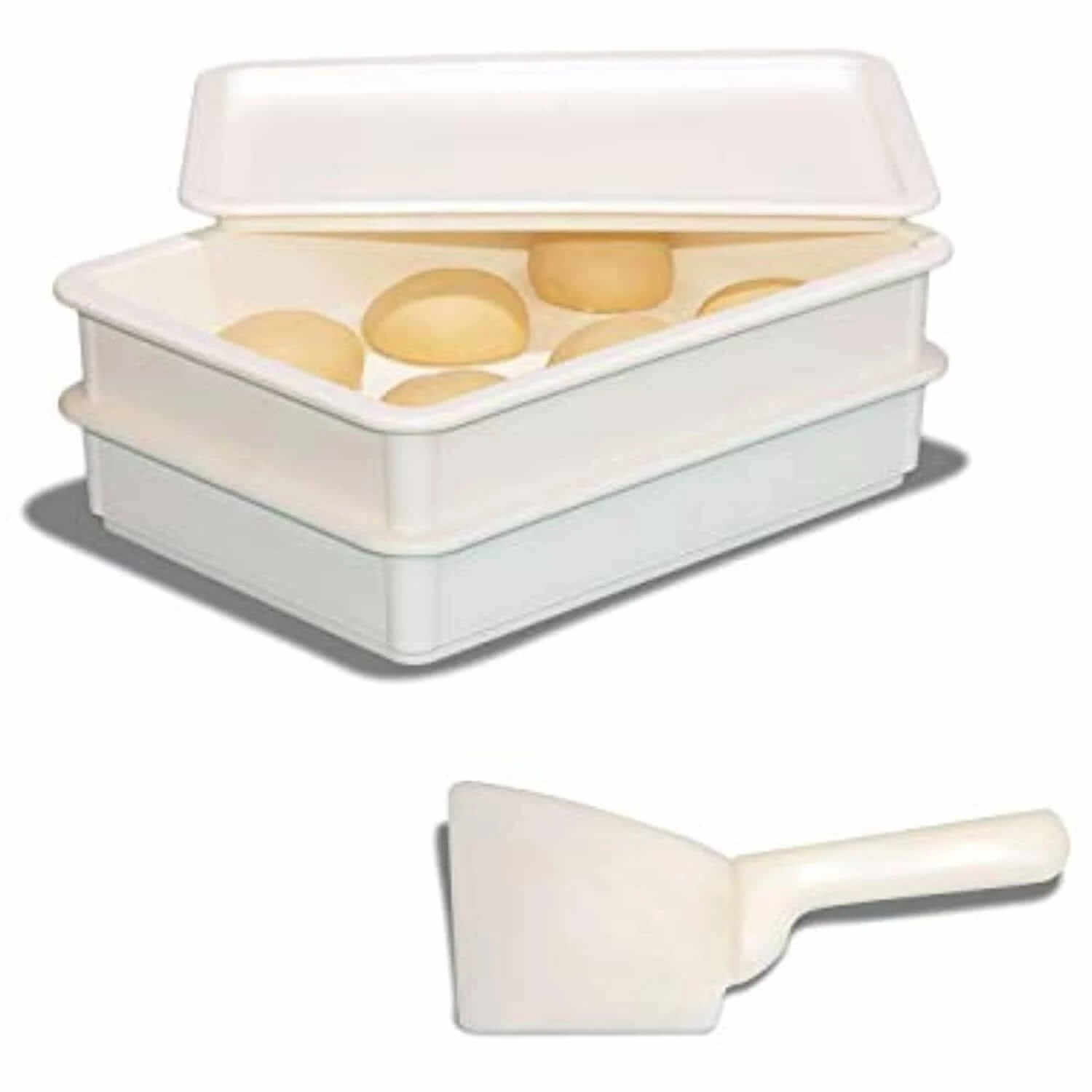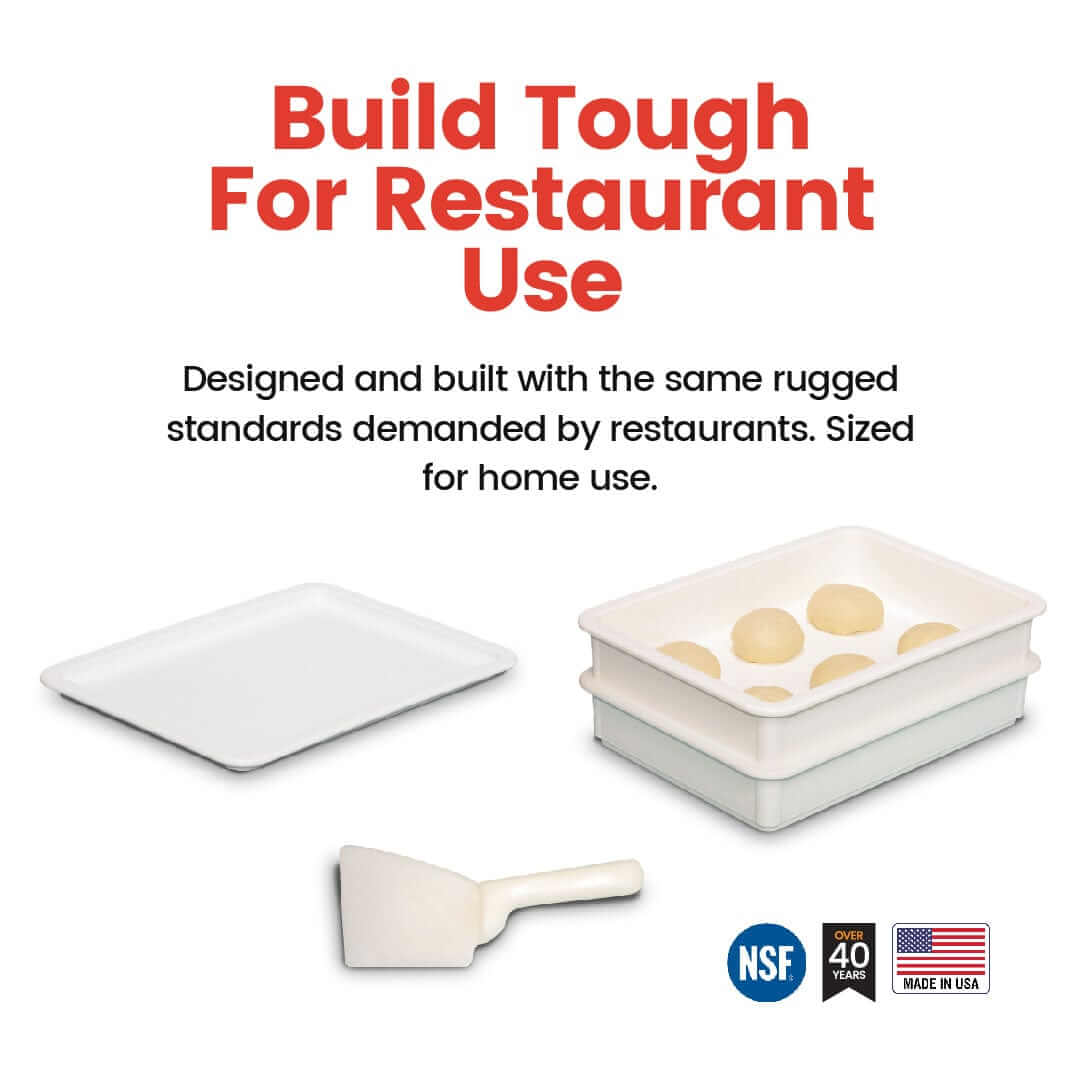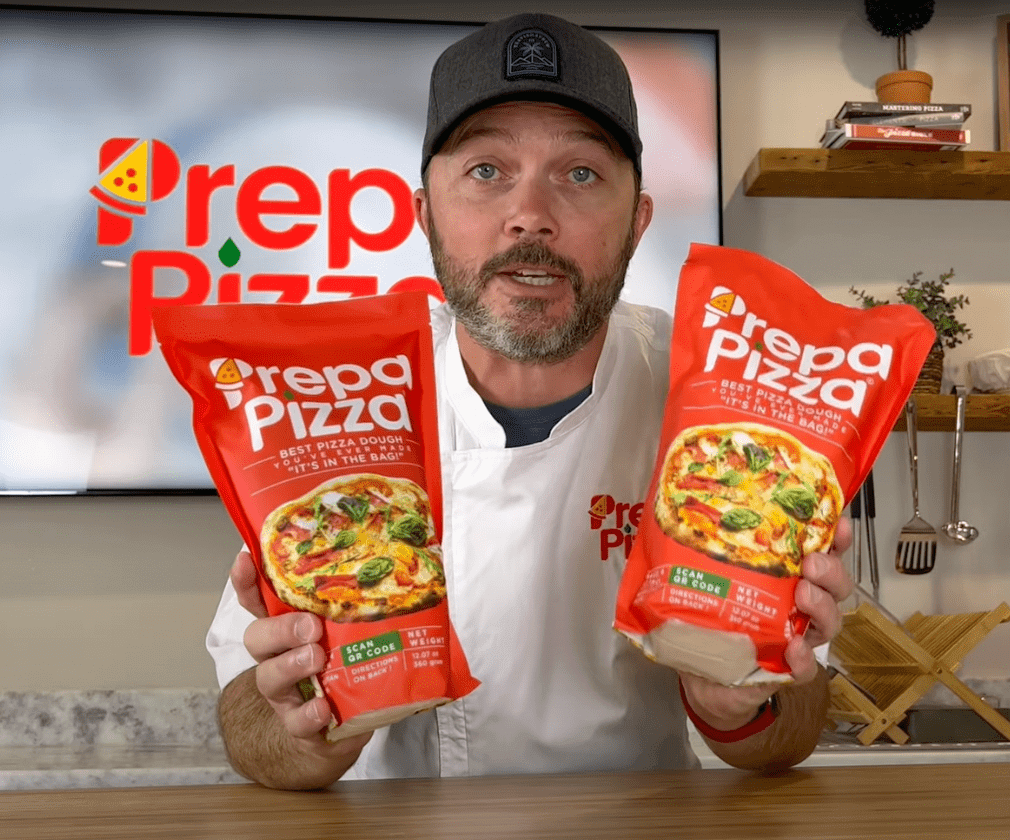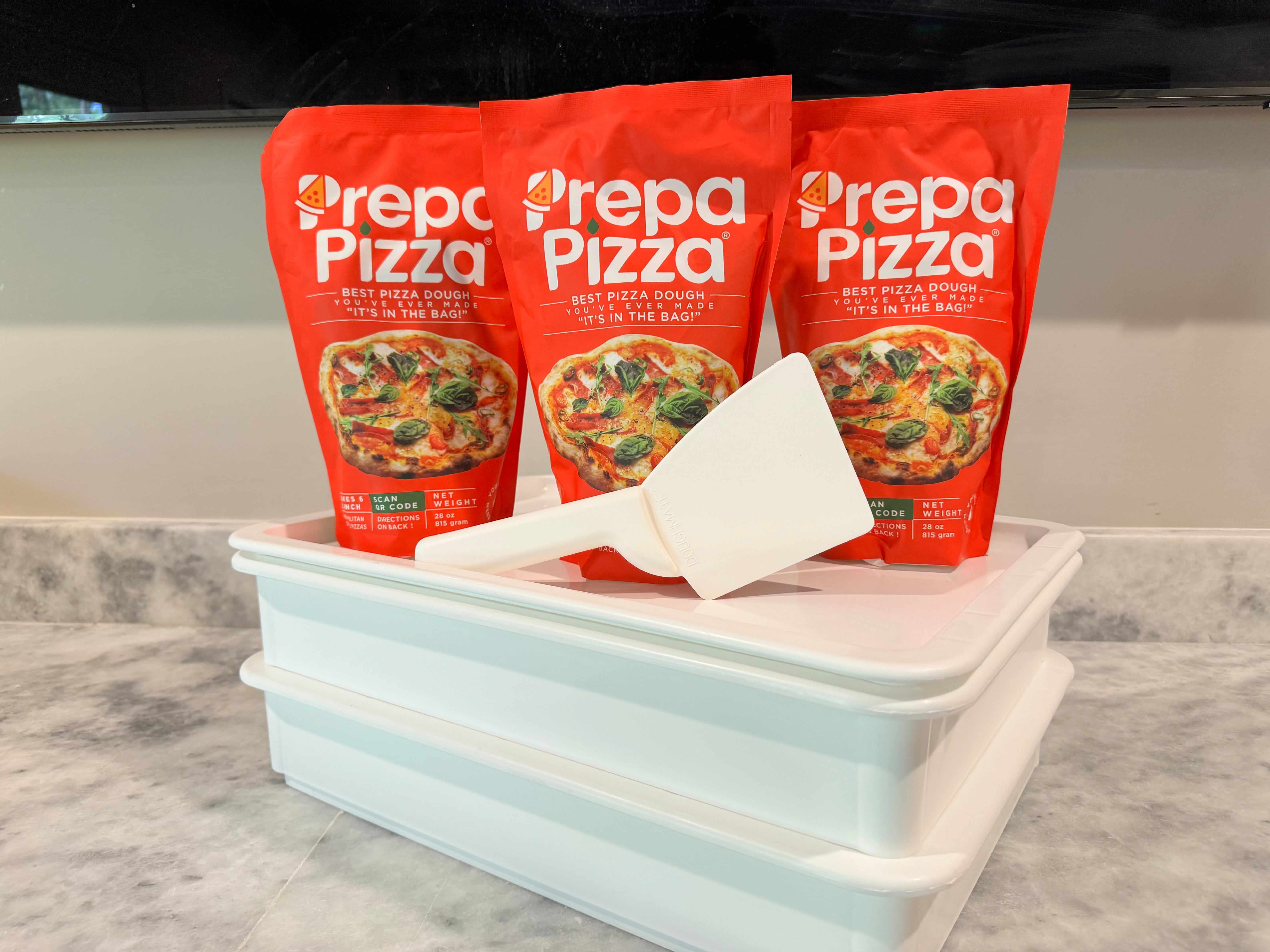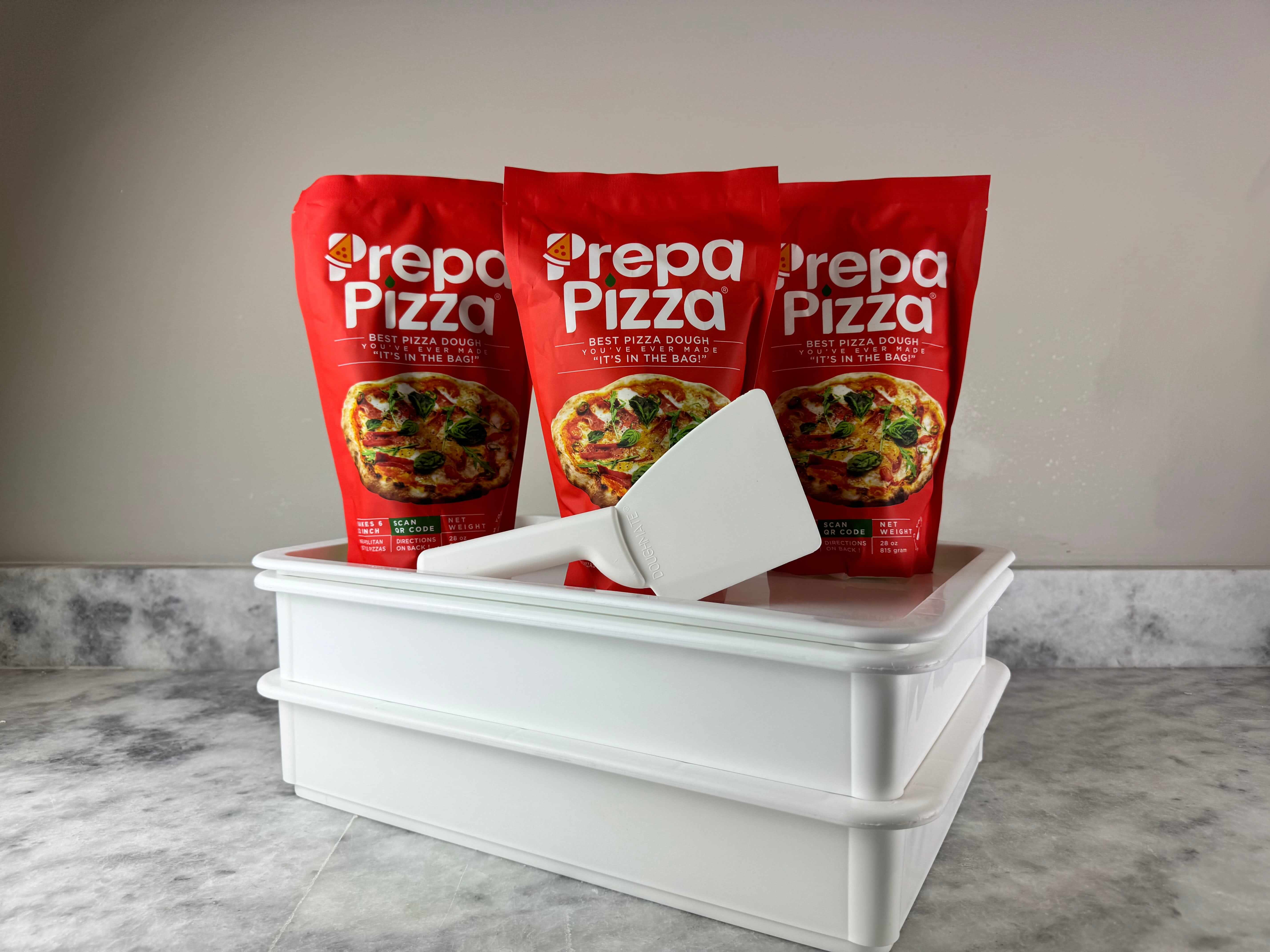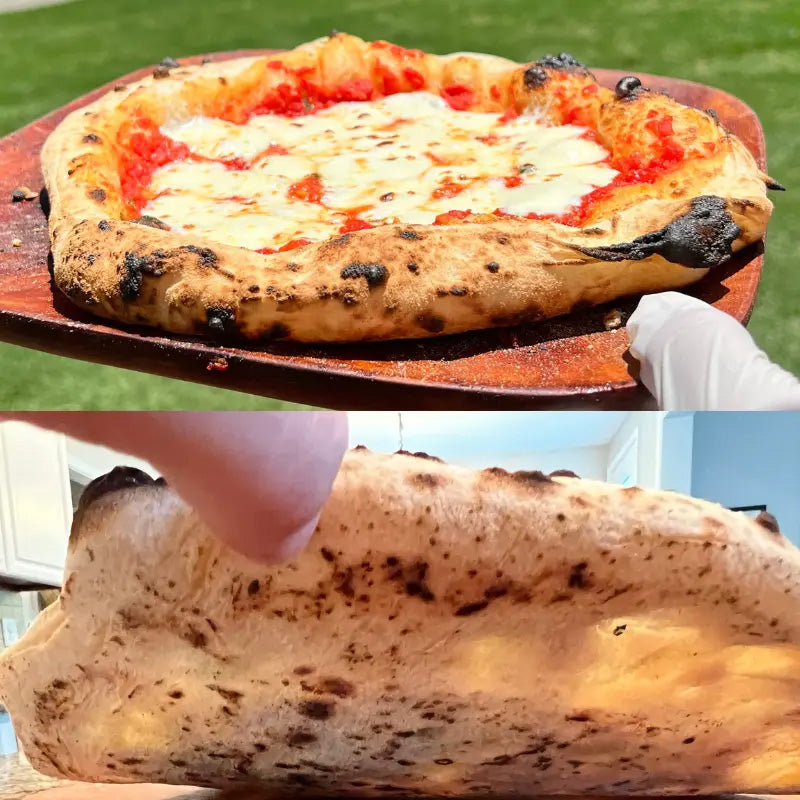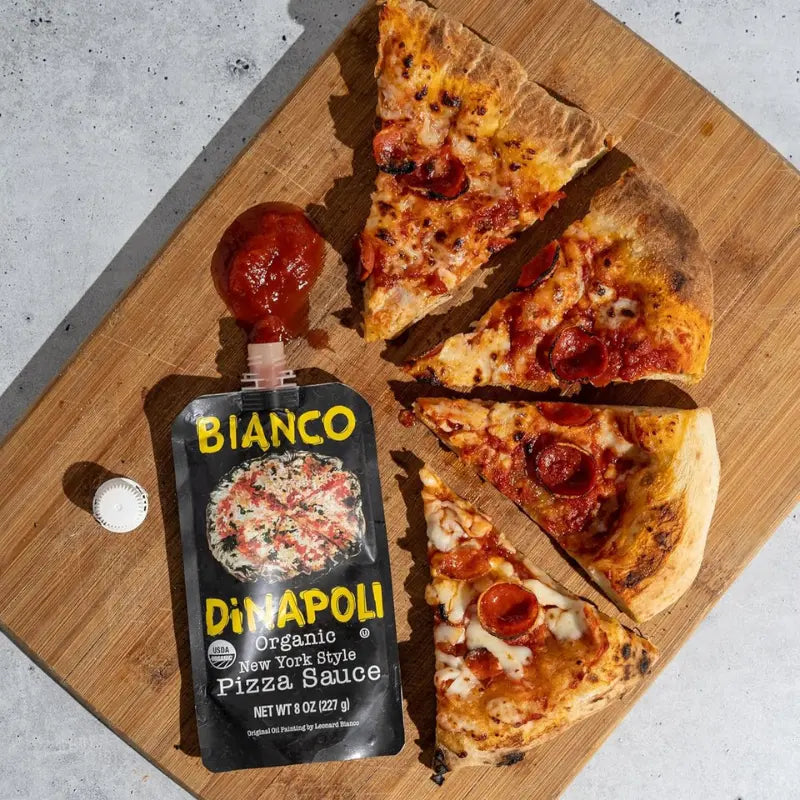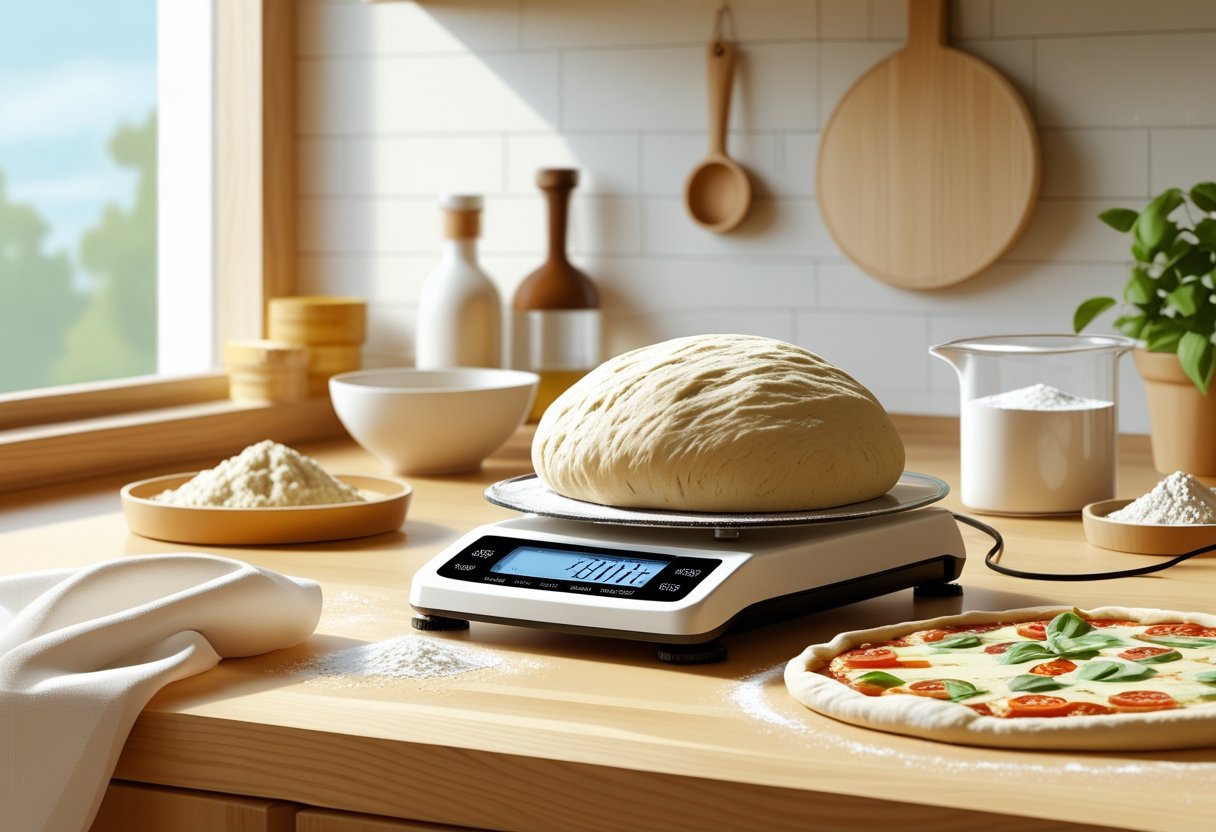
How Much Dough is Needed for a 12 Inch Pizza: Understanding the Right Amount for Perfect Crust
When it comes to making the perfect 12-inch pizza, the amount of dough you use plays a crucial role in achieving the right texture and flavor. For a classic 12-inch pizza, you typically need about 250 to 300 grams of dough. This amount allows for a balanced crust that’s both chewy and crispy, depending on your preference for thickness.
To make your pizza-making experience seamless, consider using Prepa Pizza's premade dough. With its premium quality ingredients, you'll be able to craft restaurant-quality pizzas right at home. Check out the Prepa Pizza Dough Kit for a convenient and delicious solution.
Understanding the exact dough requirements can elevate your pizza game, whether you're hosting a gathering or enjoying a quiet night in. With accurate measurements and the right ingredients, you're well on your way to creating a pizza that everyone will love.
Determining How Much Dough Is Needed for a 12 Inch Pizza
Creating the ideal 12-inch pizza starts with the right amount of dough. A range of factors affects the quantity you need, including the desired thickness and type of crust. Understanding these elements helps you make an informed decision and ensures a consistent, delicious result every time. For a convenient option, consider using Prepa Pizza's premade dough, which is crafted with premium ingredients to ensure a restaurant-quality experience. You can find more about this convenient option here.
Standard Dough Weight for a 12 Inch Pizza
For a standard 12-inch pizza, the typical dough weight ranges from 250 to 300 grams. This quantity varies based on the thickness of the crust you prefer. A thicker crust usually requires more dough, while a thinner crust will need less.
- Thin Crust: Approximately 250 grams
- Thick Crust: Up to 300 grams
Using this guideline, you can adjust your dough ball size for optimal results. For instance, if you're aiming for multiple 12-inch pizzas, simply multiply the desired weight by the number of pizzas needed.
Factors Affecting Dough Quantity
Several factors influence how much dough you'll need for your 12-inch pizza. These include:
- Crust Thickness: A thicker crust absorbs more dough.
- Desired Style: Neapolitan-style pizzas often use less dough than a deep dish.
- Topping Weight: Heavier toppings might balance better with slightly more dough.
Each factor can lead to variations in dough weight. Consider experimenting with different amounts to find your perfect balance.
Measuring Dough for a Perfect Circle
Achieving a perfect circle involves both the right amount of dough and effective shaping techniques. Use a kitchen scale to measure your dough accurately.
To shape your pizza:
- Form the Dough Ball: Roll your measured dough into a smooth ball.
- Rest the Dough: Allow it to rest for about 15 minutes to relax the gluten.
- Shape: Use your hands to gently stretch the dough while rotating it to maintain a circular form.
Following these steps helps ensure an even bake and a pleasing presentation. Using Prepa Pizza's premade dough simplifies this entire process, making it easier for you to achieve a perfect pizza every time.
Core Ingredients and Their Roles in Pizza Dough
Understanding the core ingredients of pizza dough is essential for crafting a delicious pizza. The right combination of flour, yeast, water, salt, and olive oil will yield the ideal texture and flavor, making your pizza stand out. By using premium ingredients, such as those found in Prepa Pizza’s premade dough, you'll ensure a consistent and high-quality base for your pizza.
Flour Types: Bread Flour, All-Purpose, and Wheat Flour
The type of flour you choose significantly affects the dough’s structure and taste. Bread flour is high in protein, typically around 12-14%, which gives your pizza a chewier texture. This makes it ideal for traditional Neapolitan-style pizzas. All-purpose flour has moderate protein content (about 10-12%) and is versatile, suitable for many types of pizza. Whole wheat flour adds a nutty flavor and increases fiber content, but it may require adjustments in hydration levels since it absorbs more water.
When using flour, consider using unbleached all-purpose flour for a softer crumb. Experimenting with different flour blends can lead to personalized pizza experiences, enhancing your overall satisfaction.
Yeast, Water, and Sugar: Activators for Pizza Dough
Yeast is crucial for fermentation, helping the dough rise and develop flavor. You can use active dry yeast or fresh yeast, but be sure to activate it properly, typically with warm water. This allows the yeast to thrive, resulting in a light and airy dough.
Warm water (around 110°F or 43°C) helps dissolve the yeast and sugar. Sugar feeds the yeast, accelerating the fermentation process, and contributes a slight sweetness to balance the dough’s flavors. It's important to achieve the right temperature and balance for optimal dough performance.
Salt and Olive Oil for Taste and Texture
Salt enhances flavor and controls yeast activity, leading to better gluten development and dough strength. Use kosher salt for its grain size, as it dissolves more evenly in the dough.
Olive oil, particularly extra virgin olive oil, adds richness and helps create a tender texture. This ingredient can also assist in browning the crust, enhancing both appearance and taste. Incorporating these elements properly is key to achieving a delightful pizza base that complements your favorite toppings.
Making and Shaping Pizza Dough at Home
Creating your own pizza dough at home can be a rewarding experience. Understanding the steps involved in mixing, kneading, proofing, and shaping will set the foundation for a delicious pizza. For convenience, consider using Prepa Pizza's premium premade dough, which is crafted to deliver restaurant-quality results. You can find it here.
Mixing and Kneading the Dough
Start by gathering your ingredients: flour, water, yeast, olive oil, and salt.
In a large bowl, mix the flour and salt together. Then, in a separate bowl, combine the yeast with lukewarm water to activate it. Add this mixture to the flour along with a tablespoon of olive oil. Stir until a shaggy dough forms.
Kneading is essential for developing gluten, which gives the dough structure. Transfer the dough to a lightly floured surface. Knead it for about 8–10 minutes, until smooth and elastic. If you prefer, use a dough hook attached to a stand mixer for this process. Continue until the dough passes the windowpane test, where a small piece of dough can stretch without tearing.
Proofing and Resting the Dough
After kneading, place the dough in a greased bowl and cover it with a clean cloth. This allows it to proof and rise, enhancing its flavor and texture.
Let the dough rest in a warm area for about 1–2 hours or until it doubles in size. The yeast produces carbon dioxide during this time, creating air pockets that make your dough light and airy. If you're short on time, you can opt for a cold fermentation method by refrigerating it overnight. This slow rise develops a richer flavor.
Shaping and Stretching on a Floured Surface
Once the dough has risen, gently punch it down to release excess air. Transfer it to a floured surface and divide it into individual portions for your pizzas.
For a 12-inch pizza, take one portion and begin shaping it. Gently flatten the dough with your hands, then hold it at the edges and use your fingers to stretch it outward. This technique results in a soft, airy crust. Remember to use a lightly floured surface to prevent sticking, adjusting the amount of flour as needed.
Using a Rolling Pin or Dough Hook
If you prefer a uniform thickness, a rolling pin is a helpful tool. Start by lightly flouring your dough to prevent it from sticking. Roll the dough in your desired direction, turning it occasionally to maintain a circular shape.
When using a dough hook, place your dough back into the mixer. Gently roll it out until you reach the desired diameter. This method is quicker but may yield a different texture. Adjust your technique based on your personal preference for crust thickness and style.
Using Prepa Pizza's premade dough can streamline this process, allowing you to skip steps while still achieving excellent results.
Achieving an Ideal Crust and Baking Your 12 Inch Pizza
Creating a perfect pizza crust is essential for a delicious meal. This section will cover the best practices for choosing your crust type, preparing your baking surface, and using helpful tools like cornmeal and parchment paper.
Selecting Between Thin Crust and Traditional Crust
When deciding between thin crust and traditional crust, consider the texture and flavor you prefer. Thin crust is crispier and allows the toppings' flavors to shine. It typically requires less dough, making it a lighter option.
In contrast, traditional crust is thicker and has a softer, chewier texture. It works well for supporting hearty toppings, providing a satisfying bite. Regardless of your choice, using Prepa Pizza’s premade dough can simplify the process and ensure you achieve a delicious foundation for your pizza. You can explore the dough kit options here for guaranteed quality.
Preparing Your Pizza Pan, Stone, or Peel
The right baking surface significantly impacts the final result. If you are using a pizza pan, preheat it in the oven to ensure a crispy base. For a pizza stone, place it in the oven before heating. This allows it to absorb the heat, which helps cook the crust evenly.
A pizza peel is ideal for transferring the pizza into the oven. Dusting the peel with cornmeal ensures the pizza slides off easily. If you choose a non-stick pan, lightly coat it with oil to prevent sticking. Properly preparing your bakeware is key to achieving that ideal crust.
Using Cornmeal and Parchment Paper
Cornmeal is a valuable tool for enhancing your pizza-making experience. Sprinkling cornmeal on your pizza peel or baking surface prevents the dough from sticking. It also adds a subtle crunch to the crust once baked.
If you prefer using parchment paper, it provides a non-stick surface and makes cleanup simple. Place the dough on the parchment before adding toppings. This allows for easy transfer to the oven and ensures that your pizza cooks evenly. Both cornmeal and parchment paper are effective in achieving a perfect crust while minimizing frustration during the baking process.
Topping and Serving the Pizza
When topping and serving your 12-inch pizza, you'll want to focus on flavor combinations and presentation. Prepa Pizza offers premade dough that makes it easy to create a delicious base, allowing you to experiment with various sauces and toppings for a personalized touch.
Classic Sauces and Cheeses
The foundation of any great pizza lies in its sauce and cheese. Traditional tomato sauce is a popular choice, providing a rich, tangy base. Fresh mozzarella is often used for its creamy texture and ability to melt beautifully.
Consider adding a drizzle of basil pesto for a unique flavor twist. For a gourmet touch, try a blend of cheeses like parmesan and provolone alongside mozzarella to enrich the taste profile.
Popular Toppings for a 12 Inch Pizza
Your choice of toppings can turn a simple pizza into a culinary delight. While mushrooms are a classic favorite, other options like pepperoni, bell peppers, and olives are also widely enjoyed.
For a healthier twist, added vegetables such as spinach or arugula can blend nicely. Combining meats like sausage or chicken with veggies can create a well-rounded meal. Remember to balance flavors; sweeter toppings should be paired with savory ones for the best experience.
Serving Suggestions and Appetizers
Presentation is key when serving your pizza. Cut your 12-inch masterpiece into even slices and arrange on a wooden or marble board for an appealing display.
Consider pairing the pizza with appetizers like bruschetta or a fresh caprese salad for an Italian-themed meal. Offering side options like dipping sauces or flavored oils can enhance the dining experience.
To take it up a notch, use fresh herbs such as basil or parsley as garnish, adding a pop of color and flavor.
Frequently Asked Questions
Understanding the specifics of dough weight and preparation can enhance your pizza-making experience. Below are common questions regarding the dough needed for a 12-inch pizza, including recommendations and tips to ensure a successful result.
What is the recommended dough weight for a 12-inch Neapolitan pizza?
For a traditional Neapolitan pizza, the recommended dough weight is typically around 250 grams. This amount allows for the classic thin crust that Neapolitan pizzas are known for, ensuring a perfectly cooked base.
How many grams of dough do I need for a homemade 12-inch pizza?
For a homemade 12-inch pizza, you generally need between 240 to 300 grams of dough, depending on your desired crust thickness. You can use Prepa Pizza’s premade dough, which provides a convenient option with quality ingredients to achieve excellent results.
What is the proper dough ball size for a 12-inch pizza crust?
The ideal dough ball size for shaping a 12-inch pizza is typically around 250 grams. This weight promotes an even cook and supports the desired crust structure.
How to calculate the amount of pizza dough needed for various pizza sizes?
To calculate dough amounts for different pizza sizes, you can use a simple formula: For every inch of pizza, allocate 10-15 grams of dough. For example, for a 14-inch pizza, you would need approximately 280 to 420 grams of dough, depending on thickness.
Can you provide a 12-inch pizza dough recipe?
While there are many recipes available, using Prepa Pizza’s premade dough simplifies the process. Their dough is crafted to deliver restaurant-quality results, so you can focus on adding your favorite toppings without the hassle of making dough from scratch.
How does the weight of pizza dough relate to the desired size of the finished pizza?
The weight of your pizza dough directly affects the size and thickness of the crust. Heavier dough results in a thicker crust, while lighter options allow for a more delicate and crispy finish. Adjusting the weight based on your preferences helps achieve the ideal pizza you desire.




